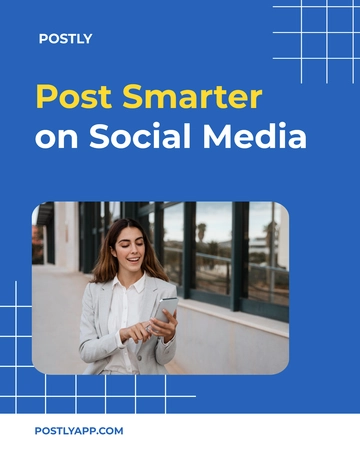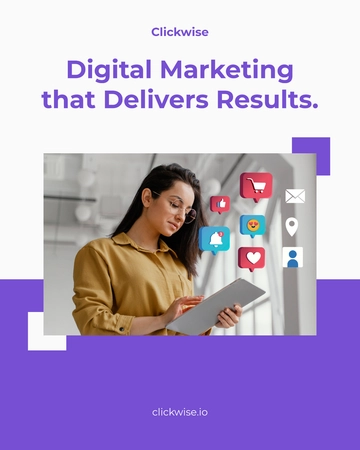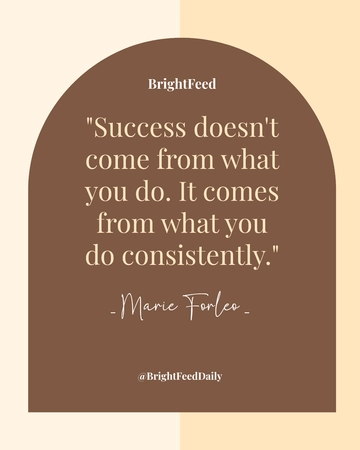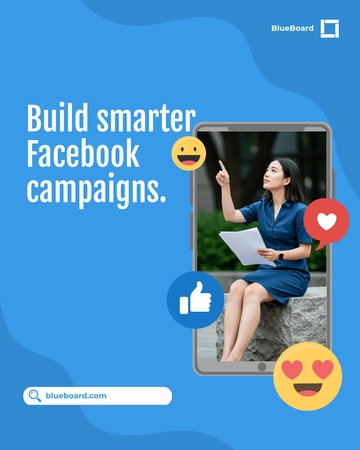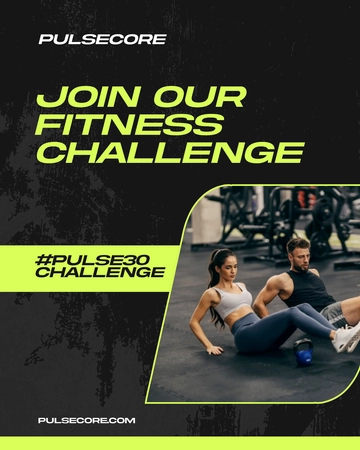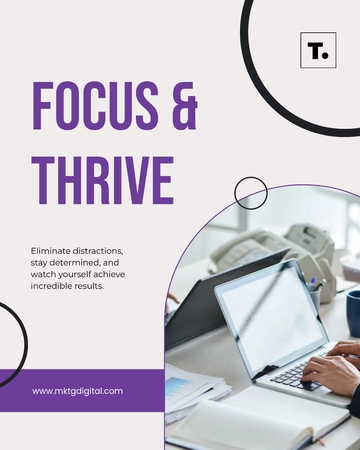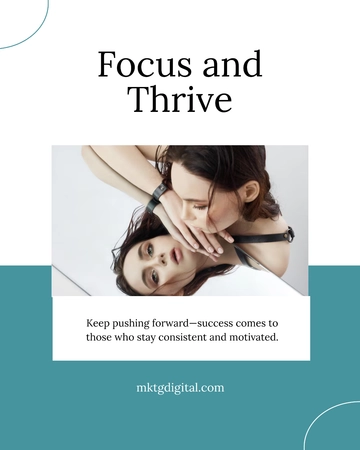Free Advertising Social Media Response Protocol
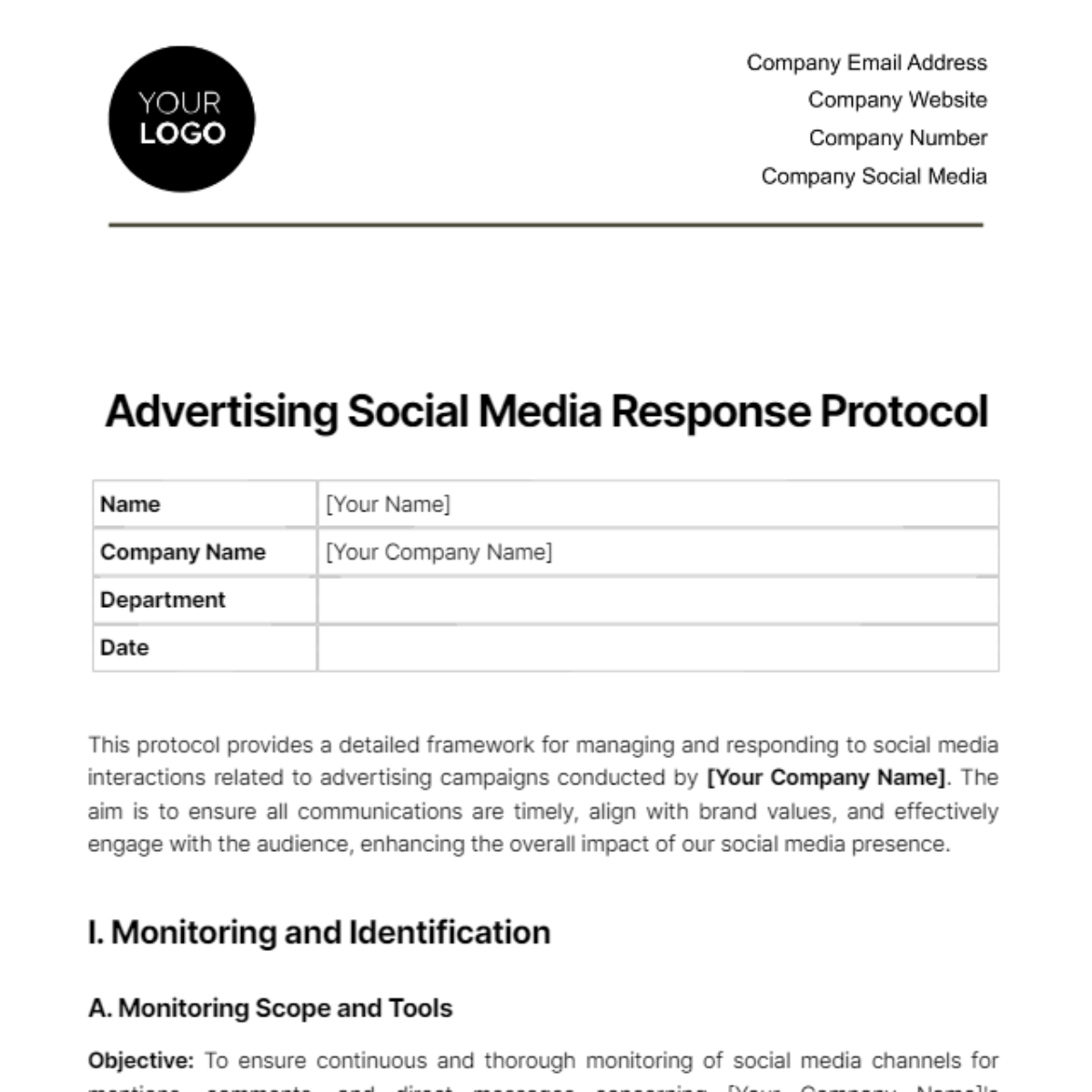
Name | [Your Name] |
Company Name | [Your Company Name] |
Department | |
Date |
This protocol provides a detailed framework for managing and responding to social media interactions related to advertising campaigns conducted by [Your Company Name]. The aim is to ensure all communications are timely, align with brand values, and effectively engage with the audience, enhancing the overall impact of our social media presence.
I. Monitoring and Identification
A. Monitoring Scope and Tools
Objective: To ensure continuous and thorough monitoring of social media channels for mentions, comments, and direct messages concerning [Your Company Name]'s advertising campaigns.
Tools: Deploy advanced social media management tools like Hootsuite or Buffer for real-time tracking, ensuring no relevant interaction is missed.
Key Metrics: Track engagement rates, conduct sentiment analysis, and measure the frequency of mentions to gauge audience reception and campaign impact.
B. Identification of Responses
Criteria for Response: Respond to all relevant mentions, comments, or queries that directly relate to the campaign, brand, or products, ensuring proactive engagement.
Non-Response Criteria: Exclude and filter out spam, unrelated tags, or inappropriate content to maintain focus on meaningful interactions.
II. Response Categorization
A. Categories of Responses
Positive Feedback: Engage with appreciative comments or compliments to foster brand loyalty and audience connection.
Inquiries: Address questions about products, services, or campaign details promptly to provide clarity and support.
Constructive Criticism: Acknowledge feedback offering suggestions or pointing out issues, showing commitment to continuous improvement.
Negative Comments: Address unfavorable feedback or complaints with urgency and sensitivity.
B. Priority Levels
High Priority: Address negative comments and urgent inquiries immediately to mitigate potential negative impact.
Medium Priority: Respond to constructive criticism and general inquiries within a reasonable timeframe, maintaining customer satisfaction.
Low Priority: Acknowledge general positive feedback within [24 hours] to maintain engagement and a positive brand image.
III. Response Guidelines
A. Response Timeframes
High Priority: Respond within [1 hour] to showcase our commitment to customer concerns and urgent issues.
Medium Priority: Engage within [4 hours] to demonstrate attentiveness and a proactive approach to customer feedback.
Low Priority: Ensure responses within [24 hours] to maintain a consistent and engaged online presence.
B. Response Templates
Positive Feedback
Template: "Thank you, [Your User Name], for your kind words! We’re thrilled you enjoyed [Product Name]. Follow us for more exciting updates!"
Purpose: To acknowledge and appreciate positive engagement, fostering a positive community atmosphere.
Inquiries
Template: "Hello [Your User Name], thank you for your interest! For more details on [Product Name], please visit our [Your Company Website] or call us at [Your Company Number]."
Purpose: To provide clear and helpful information, guiding potential customers towards further engagement with our products or services.
Constructive Criticism
Template: "We value your feedback, [Your User Name]. Your insights on [Product Name] are crucial for us. We're always looking to improve!"
Purpose: To show that we are open to feedback and dedicated to improving our products and services based on customer input.
Negative Comments
Template: "We regret to hear about your experience, [Your User Name]. Could you please contact us at [Your Company Email] so we can make things right?"
Purpose: To address customer dissatisfaction promptly and move the conversation to a more private channel for resolution.
IV. Procedure
1 | Maintain an updated library of response templates. Modify these templates to appropriately respond to different types of engagements. This promotes consistency without sacrificing personalization. |
2 | Regularly monitor engagements through social media management tools. These tools help collate interactions across different platforms for easier management. Always respond to engagements in a timely manner to show active brand presence. |
3 | Use CRM tools to track user behavior and to provide appropriate responses. It can enable personalized user experience, thus fostering loyalty and satisfaction. |
4 | Conduct regular team meetings to share user insights and consider improvements. This encourages team growth and continually equips them with knowledge on how to handle various situations effectively. |
5 | Maintain adherence to the brand’s tone and language guidelines. It's important to consider the brand's voice whenever making a response, as this forms a part of how users perceive your brand. |
V. Reporting and Analysis
A. Data Collection
Method: Employ analytics tools to systematically collect data on types of responses, sentiment trends, and user engagement levels.
Frequency: Collect and analyze data every week to stay updated on social media performance and audience interactions.
B. Performance Metrics
Response Time: Track the average time taken to respond to each category, aiming for efficiency and promptness.
Resolution Rate: Measure the percentage of negative comments and inquiries satisfactorily resolved, aiming for high customer satisfaction.
Engagement Impact: Assess how the response strategy affects overall engagement rates, aiming to enhance audience interaction post-response.
VI. Continuous Improvement
A. Monthly Review Meetings
Objective: Regularly evaluate the effectiveness of response strategies, identify best practices, and pinpoint areas needing improvement.
Participants: Include the social media team, marketing department, and customer service representatives to ensure a holistic view.
B. Training and Development
Scope: Conduct regular training sessions to keep the team updated on the latest in brand voice consistency, crisis management skills, and effective customer interaction techniques.
VII. Emergency Protocol for Crisis Situations
A. Crisis Identification
Criteria: Rapidly identify any situation that could significantly impact brand reputation or customer safety, requiring immediate attention.
Triggers: Include widespread negative feedback, public relations incidents, or any event causing substantial brand impact.
B. Immediate Action Plan
Procedure: Assemble a crisis management team swiftly, draft an official statement, and temporarily halt regular social media activities to focus on the crisis.
Key Steps: Ensure clear internal communication, rapid assessment of the situation, and preparation for public response.
C. Communication with Stakeholders
Method: Maintain transparent and direct communication with affected parties, issue press releases, and post official statements on social media platforms.
Consistency: Ensure all communications are consistent, and accurate, and reflect the company's commitment to resolving the crisis.
D. Post-Crisis Analysis
Objective: Conduct a thorough review of the crisis management process, extract valuable lessons, and integrate them into future protocols for improved handling.
VIII. Conclusion
The Advertising Social Media Response Protocol for [Your Company Name] is a comprehensive and dynamic guide designed to enhance audience engagement, protect brand reputation, and maintain a high level of customer satisfaction. Through consistent monitoring, strategic responses, and an ongoing commitment to improvement, this protocol aims to position [Your Company Name] as a responsive and customer-centric brand in the digital space.
- 100% Customizable, free editor
- Access 1 Million+ Templates, photo’s & graphics
- Download or share as a template
- Click and replace photos, graphics, text, backgrounds
- Resize, crop, AI write & more
- Access advanced editor
Stay ahead with Template.net's Advertising Social Media Response Protocol Template. This fully customizable and editable layout is user-friendly and designed for efficiency. Streamline your marketing workflow with this unique template editable in our Ai Editor Tool. Encounter an unhindered creative process like never before. Rise to new marketing heights and stand out in the digital realm today.
You may also like
- Instagram Ad
- Instagram Banner
- Instagram Frame
- Instagram Post
- Instagram Profile Picture
- Instagram Story
- Instagram Story Highlights
- Twitter Ad
- Twitter Header
- Twitter Post
- LinkedIn Photo
- Linkedin Post
- YouTube
- Youtube Ad
- Youtube Banner
- YouTube Channel Art
- YouTube End Screen
- Youtube Profile Photo
- YouTube Thumbnail
- Facebook Ad
- Facebook Cover
- Facebook Post
- Facebook Profile Frame
- Facebook Profile Photo
- Twitch Offline Banner
- Linkedin Banner
- Twitch Overlay
- Whatsapp Status
- Reddit Banner
- Social Media Banner
- Social Media Clipart
- Social Media Plan
- Social Media Contract
- Social Media Planner
- Social Media Report
- Social Media Agreement
- Social Media Business Card
- Social Media Proposal
- Social Media Presentation
